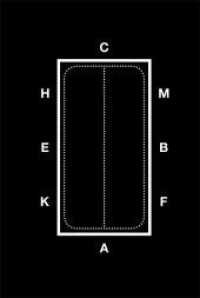Full Description
Wyke, London Preface Neurologists, neuropsychologists, speech pathologists and other clinicians who care for dysphasic patients have often complained that available books on dysphasia tend to be parochially theoretical, and insufficiently directed towards clinical reality.








